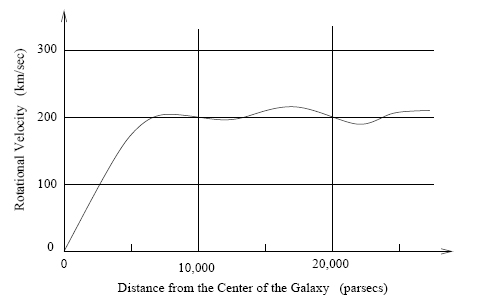Homeworks 10
Homework 10 due on 11/23/2009
Problem 1
Make a table listing the differences between the shapes, stellar populations, rotation rates, and amounts of gas and dust of elliptical and spiral galaxies. In the same table, compare their ranges of masses and luminosities.
| Elliptical | Spiral | |
|---|---|---|
| Shape | They are elliptical and nearly featureless. | They have spiral arms that join directly into a nuclear bulge. |
| Stellar Population | Population II stars | In the spiral arms, there are mostly Population I stars. In the nuclear bulge, there are mostly Population II stars. |
| Rotation Rate | Almost no rotation | Depending on the type, 99 km/s to 367 km/s |
| Amount of gas and dust | Little or no gas or dust | can be from 4% to 25% |
| Mass | ||
| Luminosity |
Problem 2
List the characteristics (6 each) of objects in Populations I and II.
Problem 3
Describe briefly how our galaxy formed. In particular, why are the stars in the halo older than the stars in the disk? Why is most of the gas in the disk?
Problem 4
NGC 2639 is an Sa galaxy with a maximum velocity of 324 km/sec and an apparent brightness of B=12.22 mag. Estimate its absolute magnitude in the B band from the Tully-Fisher relations. Determine the distance to the galaxy. What is the galaxy radius (R25) at a surface brightness of 25 mag/arc sec in B? Find the mass of NGC2369 within R25. Calculate the mass-to-light ratio in the B band within R25.
Problem 5
Here is a typical rotation curve for a spiral galaxy. What is the orbital velocity of the gas and stars in the galaxy at a distance of 10,000 pc from the galactic center? At a distance of 20,000 pc? Calculate the length of time it takes material at 10,000 pc to travel in a circle around the center of the galaxy (this is the orbital period of the material). Convert the distance from the center of the galaxy from parsecs to Astronomical Units and convert the orbital period to years. You can check that your answers are reasonable by comparing your results to the results calculated for the Milky Way during lecture. Do the same for 20,000 pc from the center. Why did the observation of the rotation curves lead astronomers to conclude there is much invisible mass in the outer parts of spiral galaxies? Plot the mass distribution and compare it to the brightness distribution for our Galaxy.





